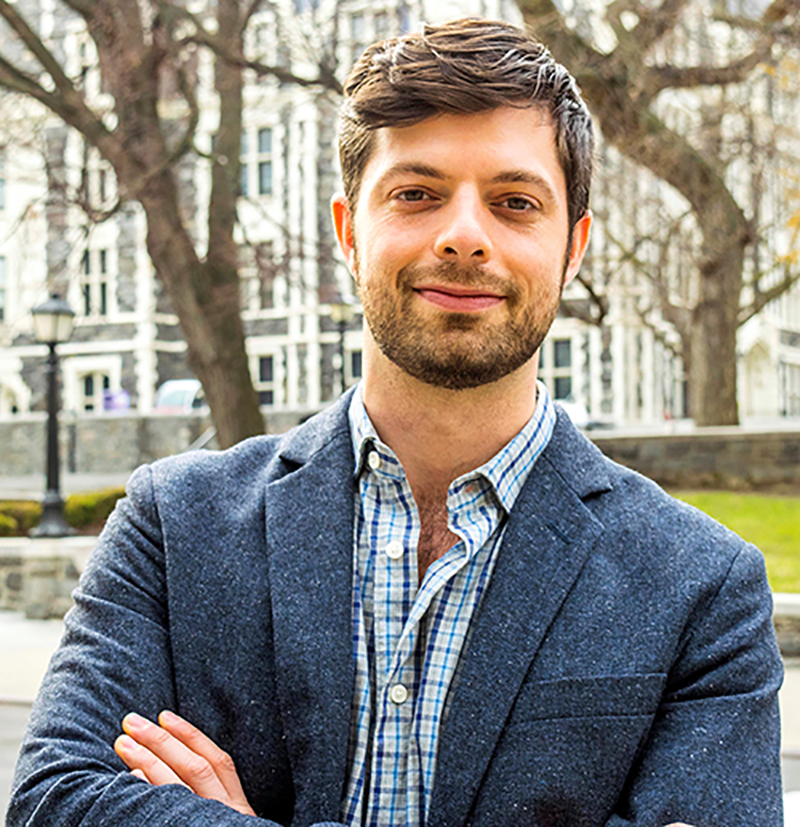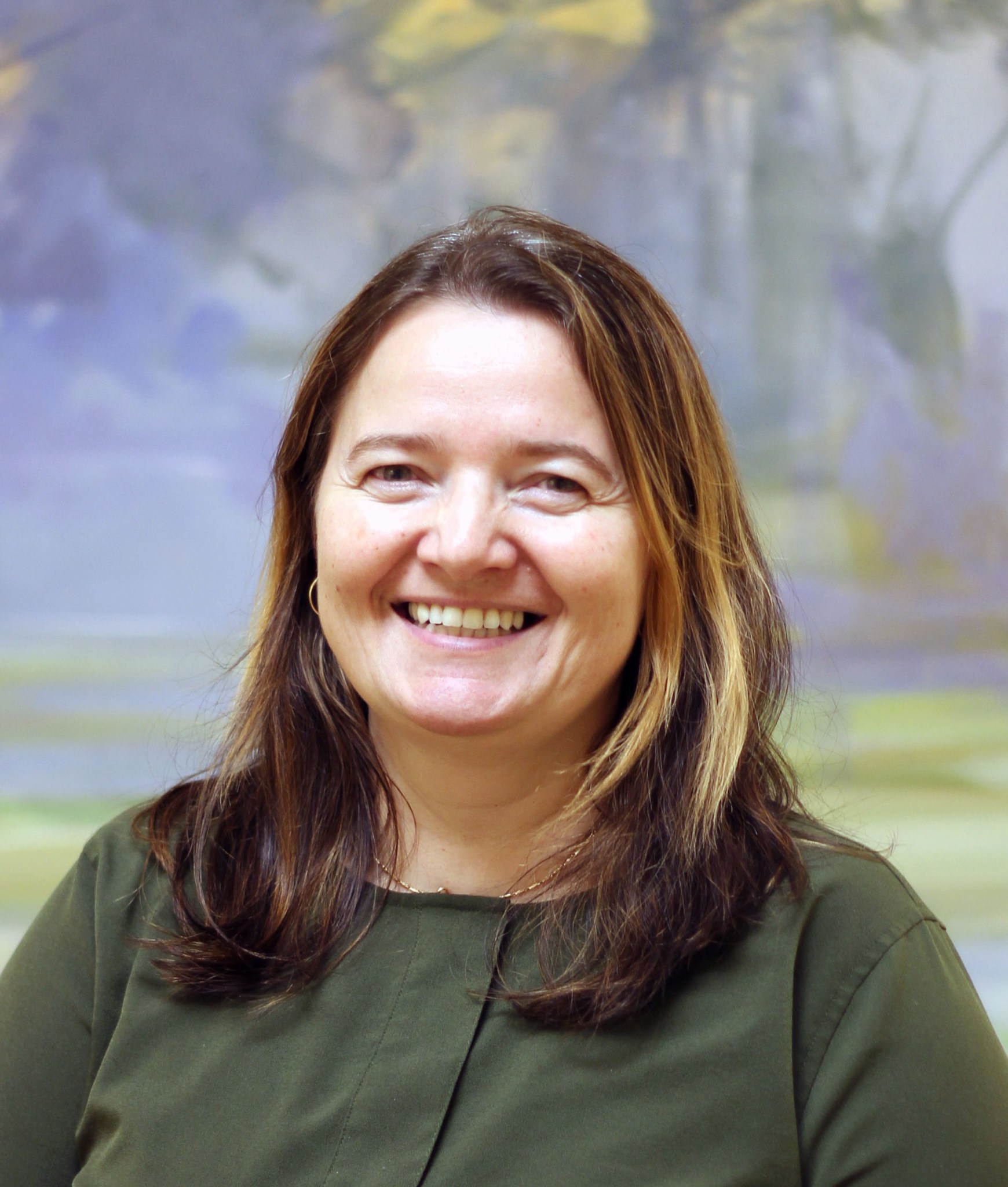One principal investigator in New York is advancing electrochemical energy storage for space applications. Another in Florida is exploring solar photovoltaics to realize the next generation of highly efficient solar cells, also for space applications. What they have in common is receiving NASA’s Minority University Research and Education Project’s Institutional Research Opportunity award, or MIRO award.
Managed through NASA’s Armstrong Flight Research Center Office of STEM Engagement in California, the awards establish cooperative agreements to universities around the nation to perform research and education. There are currently 17 active MIRO awardees across 12 U.S. states and territories.
All MIRO awards are provided to minority-serving institutions to promote research capacity, expand aerospace research, increase workforce diversity, and strengthen Science, Technology, Engineering and Mathematic (STEM) skills. These awards directly support NASA’s mission directorates: Exploration Systems Development, Space Operations, Aeronautics Research, Science, and Space Technology.

Robert J. Messinger, assistant professor, department of chemical engineering for The City College of New York (CCNY) Center for Advanced Batteries for Space (CABS) is a joint research and education center between CCNY, NASA’s Jet Propulsion Lab (JPL), Northeastern University, and regional colleges.
The Center was established to create a highly collaborative research network in electrochemical energy storage for space applications as well as train a diverse STEM workforce through a multifaceted student internship program. CCNY is a Hispanic Serving Institution (HSI) and Asian American Native American Pacific Islander (AANAPISI) Serving Institution.
How does your research contribute to the NASA mission directorates?
Our research seeks to design and prototype novel batteries that can withstand the extreme temperatures and radiation environments of future planetary science missions. By doing so, we hope to enable new NASA planetary mission concepts, as electrochemical energy storage plays a vital role in powering the robotic spacecraft that perform these missions.
What led you to this career?
I like exploration! In research, that’s exactly what you’re doing: pursuing a new frontier. There are many “mountains to be climbed” metaphorically speaking. Also, I like chemistry, physics, math, and engineering. Research combines those disciplines with elements of exploration.
What energizes you at work?
Two things: one, working with smart, interesting, and passionate people, and two, those moments when a new insight, realization, or unexpected result comes in, changing my thinking or giving me a new perspective on a problem or system.
Do you have any unique family traditions?
Yes. Growing up, my family would head north to Butternut Lake every summer, where my grandparents have two cabins built in 1900 and 1901. It’s beautiful: fresh water, loons, eagles, and many fish. Even now, there is no cell access or internet access. It’s a nice place to be in nature and disconnect, to play and recharge.
What’s the last book you read?
Well, recently, too many research papers! I’m hoping to soon begin (once again) the Wheel of Time fantasy series by Robert Jordan, beginning with Eye of the World; I read the first eight books when I was younger, then life dictated other things! For non-fiction, currently, I’d recommend Atomic Habits by James Clear.

Daniela Radu, who has a doctorate in Chemistry; is the principal and center director for the NASA MIRO Center for Research and Education in 2D Optoelectronics (CRE2DO). She is the Associate Professor in the Mechanical and Materials Engineering department for Florida International University.
The Center for Research and Education in 2D Optoelectronics (CRE2DO) at Florida International University, a Hispanic Serving Institution (HSI), explores two-dimensional (2D) materials to be integrated in sensors, wearable electronics, optics/photonics, and small satellites (CubeSats) for space applications.
How does your research contribute to the NASA mission directorates?
Our NASA MIRO contributes to the development of sensors, optoelectronics, wearable electronics space-resilient composites, and CubeSats infrastructure, which are all supporting the NASA mission directorates in basic research. My personal research focuses on solar photovoltaics contributing to the Space Technology Mission Directorate, and I am collaborating with NASA Glenn researchers to realize the next generation of highly efficient solar cells, in support to the Artemis Mission.
What led you to this career?
My father was an engineer and every now and then when he was tinkering around the house, I would join him and soon I became a little apprentice. The love for engineering was therefore induced in my early years; as far as my academic career, it was driven by the desire to inspire young minds in meaningful research.
What energizes you at work?
The success of those whom I mentor, whether it is an undergraduate student who landed a dream job and wrote back to thank me, a Master’s student who got an “A” on a term paper, a Ph.D. student who passed candidacy, or a junior faculty who was awarded a new grant.
Do you have any unique family traditions?
We like Disney cruises, and while that might not be that unique, the fact that we as a family are without cellphones, emails, and hooked to the internet otherwise, allows for unique and undisturbed quality time.
What’s the last book you read?
I have a peculiar habit: I read multiple books at the same time. So, it is unfair to say that I just finished re-reading F. Scott Fitzgerald’s “The Great Gatsby” when I am getting to the finish line with one of the Neil Gaiman’s masterpieces, Norse Mythology, and I passed the middle of Angela Duckworth’s “Grit”. I guess I need that combination of fiction and non-fiction and something in between.
This past August, the annual MIRO principal investigators meeting provided an opportunity for MIRO awardees to learn more about MIRO, to hear more about agency programs, promoted team building, and provided an opportunity to discuss topics that are important to the awardees, MIRO and NASA.
MUREP Institutional Research Opportunity (MIRO), was established to strengthen and develop the research capacity and infrastructure of Minority Serving Institutions (MSIs) in areas of strategic importance and value to NASA’s mission and national priorities. Overall, MIRO awards aim to promote STEM literacy and to enhance and sustain the capability of institutions to perform NASA-related research and education, which directly supports NASA’s mission directorates: Exploration Systems Development, Space Operations, Aeronautics Research, Science, and Space Technology.
Learn more about MIRO at:
https://www.nasa.gov/stem/murep/miro




























